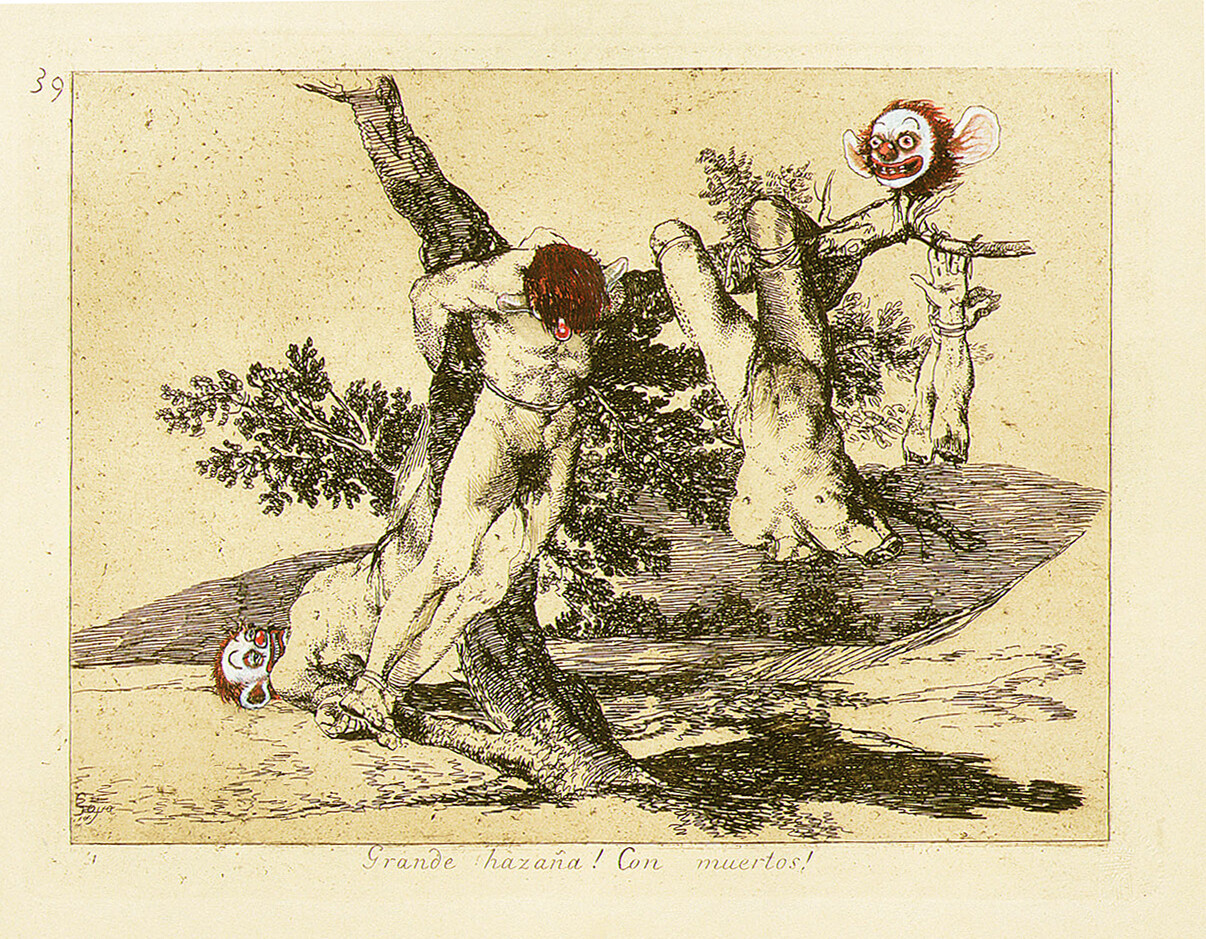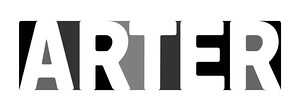In the Realm of the Senseless
February 10–May 7, 2017
Irmak Caddesi No: 13
Dolapdere Beyoğlu
34435 Istanbul
Turkey
T +90 212 708 5800
F +90 212 708 9800
info@arter.org.tr
For 25 years Jake and Dinos Chapman have pursued a rigorous, profoundly philosophical and programmatic art practice. Their work manifests a deconstructive imperative—a reflexive critical impulse to interrogate the multiplicity of relations that serves to condition, create and situate the work in the world. In this spirit their work attacks Enlightenment-derived ideological assumptions that still largely characterise the West’s perception of culture and its redemptive potential. They co-opt the exhausted semiotics of both mainstream consumer and contemporary art culture to expose and mock this unthinking belief in progress. In doing so, their work articulates a virulent, philosophical pessimism.
In the Realm of the Senseless begins on Arter’s ground floor in spectacular fashion by bringing together more works from the Chapmans’ famous “Hell” series than have ever been seen together before. Absurd, surreal and painstakingly detailed, the dioramas comprise of thousands of model Nazi soldiers engaged in scenes of orgiastic violence and include other figures familiar from the Chapmans’ oeuvre such as Hitler and Ronald McDonald.
Since 2000 when the original “Hell” work was completed (it later burnt in a fire in a London art storage facility), the series has been controversial, being serially misread both as profound, morally-engaged war art and as a disgraceful trivialization of violence. As the artists point out it takes a certain degree of hysteria and myopia to attach such ponderous meanings to the work itself. With its fantastical elements, the work might be more usefully seen as an attempt to stretch modes of representation and symbolic meanings to, or beyond, their limits.
The works on the first floor are united by their recycling and repetition of content. The floor is also, partially, a “mocking nod” to the idea of a retrospective show.
We Are Artists II is Jake and Dinos Chapman’s first ever neon work and is an iteration of the duo’s first ever piece We Are Artists made in 1991. Whether by accident or design, the hyperbolic manifesto, retrospectively speaking, elucidates many of the ideas and desires that animate the Chapmans’ practice.
The floor’s sculptural piece, SHITROSPECTIVE demonstrates the artists’ stated desire to create work of “zero cultural value” using repetition in an attempt to evacuate meaning from content. SHITROSPECTIVE comprises miniature versions of key works from their career such as the “Fuckface” series, Sex, Übermensch and Little Death Machine, replicated poorly in cardboard and poster paint and mounted on pedestals.
Insult to Injury, meanwhile, is the best known of the thousand or so works (including editions and individual etchings) produced by the Chapmans that engage with the work of Spanish artist Francisco Goya. Almost all of them focus on his series of etchings “The Disasters of War” that nominally record the horrors of the Peninsular War (1807–14) and are regarded as one of the first morally engaged works of Modern art. Insult to Injury comprises an original set of these etchings that the artists acquired and then “improved” by painting directly onto them, a move that attracted accusations of cultural vandalism. The Chapmans have instead described their actions as an attempt to “help” the work, highlighting the work’s inherent pessimism that has been repressed by art history’s fascistic attempt to co-opt Goya’s art into its redemptive narrative.
Taking its cue from the Chapmans’ recent show Come and See at The Serpentine Gallery, London, the curation of the top floor of the exhibition takes aim at the idealised “white cube” gallery space and elegant, well-mannered exhibitions.
Resembling a show put together from a ransacked storage room, the floor is chaotic and over-stuffed, filled with myriad two dimensional and sculptural works. Included are works from “The Chapman Family Collection,” sculptures that collide the iconography and overloaded symbolic meanings of African tribal art with the visual universe of McDonald’s, “One Day You Will No Longer Be Loved,” a series of “found” 19th century British portraits that the Chapmans have overpainted and an archive of juvenilia—works made by the Chapmans from 1971 onwards.



